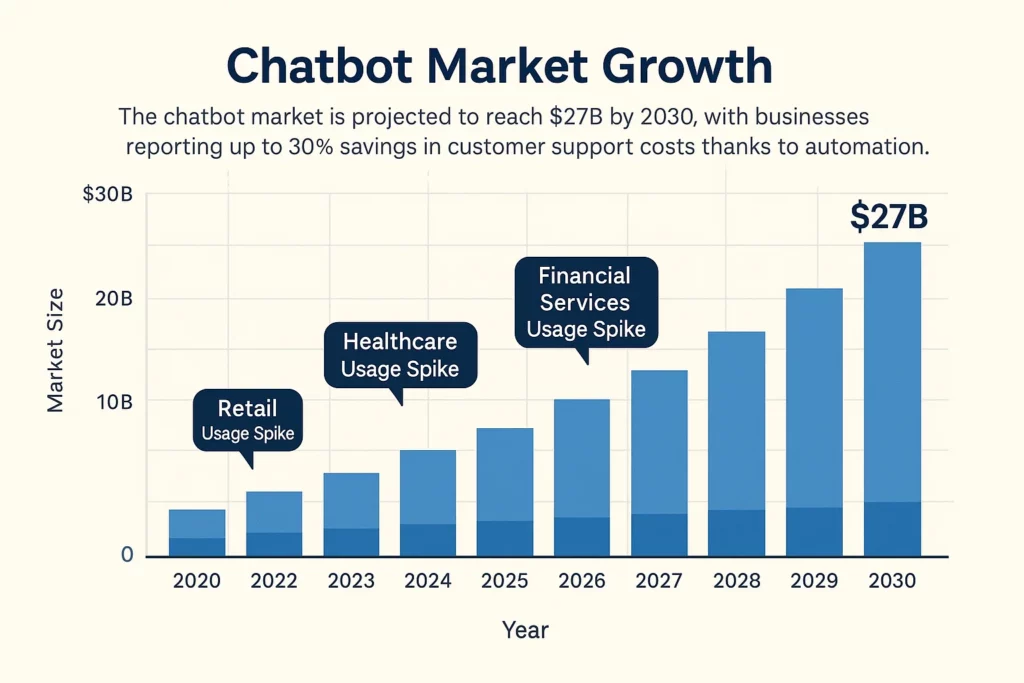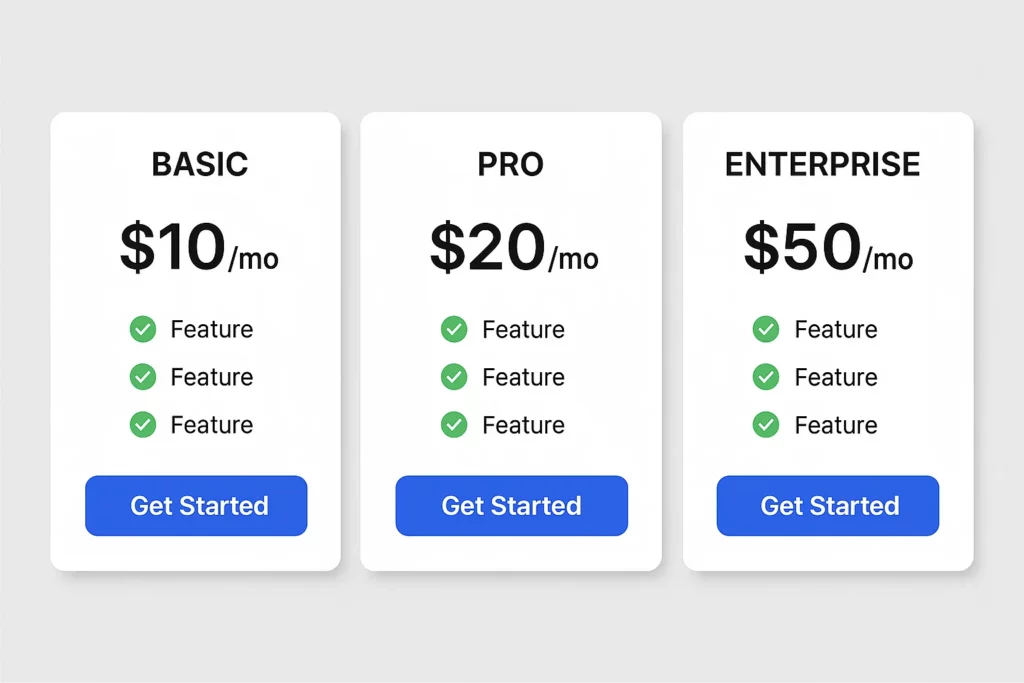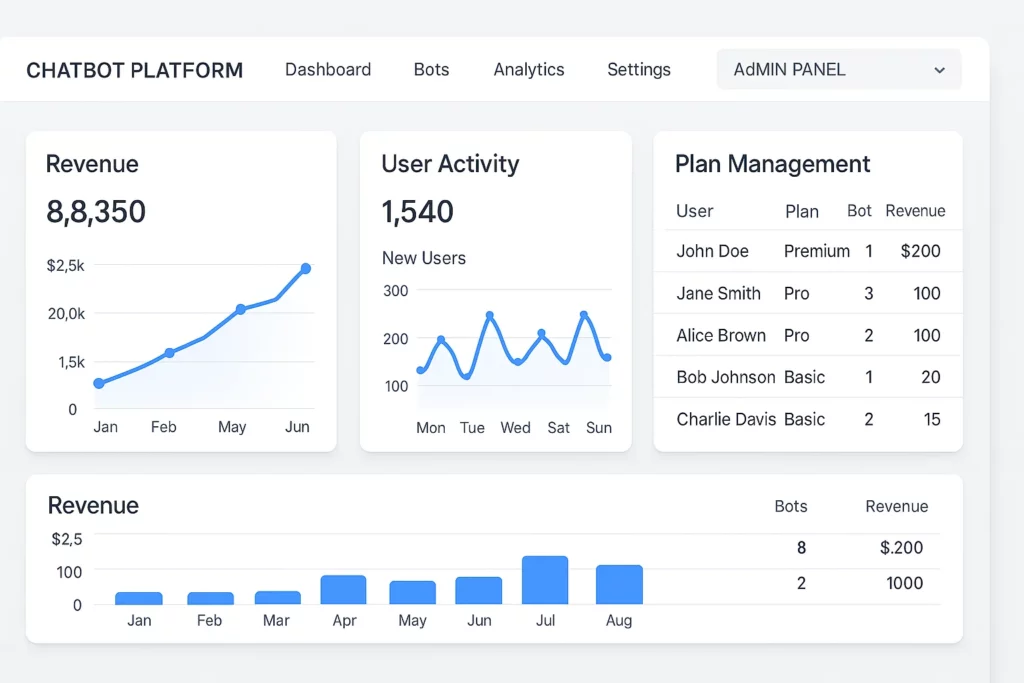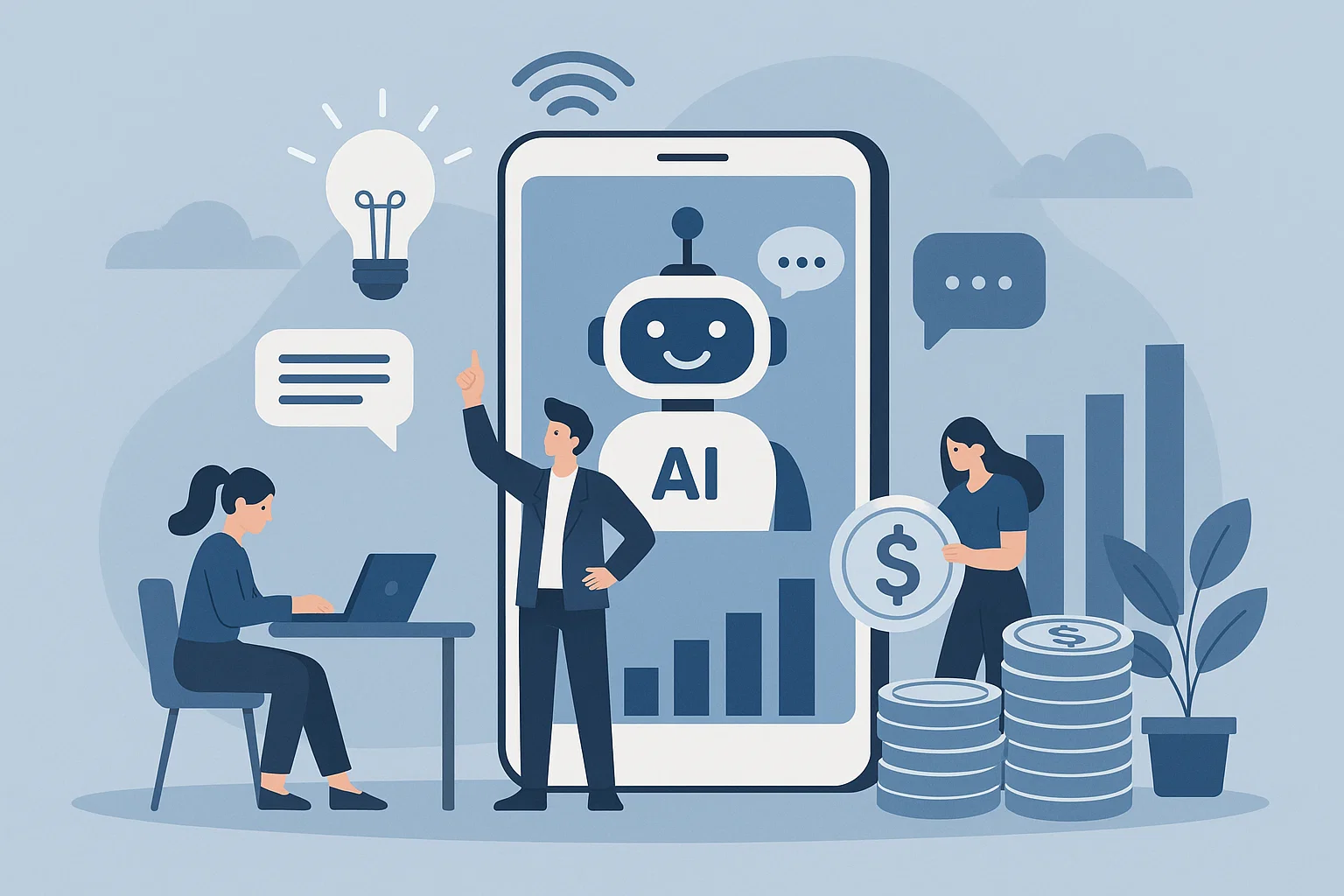You ever get that itch — the one where you’re chatting with a customer support bot and think, “Wait a sec… I could build something like this — maybe even better”? Well, you’re not the only one. With creators launching chatbots for everything from mental health to pizza orders, it’s clear we’ve hit the age where talking apps aren’t just cool — they’re profitable.
Whether you’re a solo founder juggling coffee cups and code, or a startup team fueled by memes and Monster Energy, the path from chatbot idea to real income is more accessible than ever. Platforms like ChatGPT, Dialogflow, and Rasa have broken the tech barrier. Now it’s about the business play — and that’s where the magic (and money) happens.
This guide is your treasure map — a breakdown of AI chatbot platform business models that actually work. And if you’re thinking about building one of your own, Miracuves has helped dozens of dreamers go from “what if” to “wow, we launched.”
Why Business Models Matter (More Than You Think)
Let’s set the record straight: just having a chatbot isn’t enough. If you don’t have a monetization game plan, you’re just hosting a very polite robot. A solid business model is your chatbot’s engine room — it keeps things running, scaling, and actually paying the bills.
Market Insight: The chatbot market is projected to reach $27B by 2030, with businesses reporting up to 30% savings in customer support costs thanks to automation. Now imagine if you’re the one supplying that automation.

Also Read :-How to Market an AI Chatbot Platform Successfully After Launch
The Core AI Chatbot Business Models (And How They Make Bank)
1. Subscription SaaS Platform
Probably the most familiar. Think Netflix, but for bots.
You offer different tiers — maybe a freemium model with basic features, and paid plans that unlock:
- API access
- CRM integrations
- Multilingual support
- Analytics dashboards
Example: Intercom, Drift, Tidio

2. Transactional or Usage-Based Billing
Perfect if your users don’t want to commit monthly. This model charges by:
- Number of messages
- Number of unique conversations
- Minutes of voice interaction (for voice bots)
Think of this like an Uber-style ride meter — the more you use, the more you pay.
Popular With: E-commerce, logistics, on-demand apps

3. Lead Generation + Affiliate Marketing
Now we’re getting clever. If your bot helps users make decisions — like choosing a loan, booking a hotel, or buying software — you can earn affiliate revenue or generate leads for partners.
Example: A real estate chatbot that gathers buyer info and sends leads to agents = $$$.
This model thrives on WhatsApp bots, Telegram bots, and even voice AI assistants.
4. White Label Licensing
White label is your secret weapon if you’ve built a solid chatbot framework. You license it to agencies or enterprises who rebrand it as their own. They love the instant credibility, and you love the recurring revenue.
Learn More :-AI Chatbot Platform Business Models: From Idea to Income
Use Cases:
- HR chatbots for internal teams
- Healthcare bots for local clinics
- Finance bots for small banks

5. Ad-Supported Chatbots
Yup, bots can have ads — just like YouTube or Instagram. You can:
- Show sponsored responses
- Promote partner products
- Inject native ads based on context
This works best in high-volume bots (news bots, hobby communities, etc.).
Keep it relevant — no one wants an ad for sneakers in a legal advice chat.
6. Data-Driven Intelligence (Ethical Analytics Sales)
Let’s face it — chatbots gather a treasure trove of insights. While you can’t (and shouldn’t) sell personal info, you can monetize anonymized data and behavior trends.
Examples include:
- Sentiment analysis for product brands
- Trend spotting for market research firms
7. API/SDK Monetization
If your chatbot has serious tech chops, open it up to developers. Offer an SDK or API access and charge:
- Monthly for usage tiers
- Per 1,000 API calls
- For premium endpoints (e.g., speech-to-text)
Think Stripe for bots.
8. Hybrid Model: The Money Mix
Smart founders blend business models. Imagine this:
- A freemium bot with premium analytics (subscription)
- That recommends tools (affiliate)
- And offers API access to agencies (SDK)
That’s stacking revenue streams without needing 10 different products.
Building the Business Side with Miracuves
You’ve got the idea, the energy, and maybe even a logo already. But execution? That’s the hard part. At Miracuves, we help founders and creators build AI chatbot platforms that aren’t just functional — they’re money-makers.
From Netflix clone development to AI chatbot engine customization, we specialize in clone app builds that are fully monetization-ready.

Read More :-How to Monetize an AI Chatbot Platform: Proven Revenue Models for Digital Entrepreneurs
Conclusion
Business models aren’t just spreadsheets — they’re strategy, survival, and scale. Your AI chatbot isn’t just a product. It’s a business waiting to bloom. The trick? Pick the right model(s) and build the tech to support them.
At Miracuves, we help innovators launch high-performance app clones that are fast, scalable, and monetization-ready. Ready to turn your idea into reality? Let’s build together.
FAQs
Do I need to pick just one business model?
Nope! Hybrid models work great. Just make sure your tech supports it without getting too complex for users.
What’s the most profitable chatbot model?
Subscription and affiliate are usually most scalable — but it depends on your audience and niche.
Can I build a chatbot and sell it to other businesses?
Absolutely. That’s the white-label model. Miracuves can help with multi-tenant architecture.
Is pay-per-use better than subscription?
Pay-per-use gives flexibility. Subscription gives predictability. Many platforms start with one and evolve into both.
How do I track chatbot revenue?
Use dashboards that show plan upgrades, usage logs, affiliate clicks, and API consumption. Miracuves builds those in.
What if I want to monetize via ads but avoid annoying users?
Use native ads, context-based suggestions, and limit ad frequency. The key is relevance, not volume.








